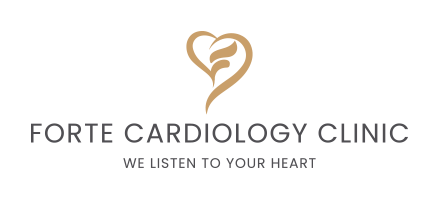Imagine sitting across from your cardiologist, your heart racing both literally and figuratively, as they lay out your options: bypass surgery or Percutaneous Coronary Intervention (PCI). It can feel overwhelming. Those are some hefty terms, and the decisions that come with them are even bigger. Is PCI the safer path to recovery? In a world where every moment counts and health is paramount, grasping your choices is crucial. Let’s break down the details about PCI and help you find the option that feels right for your heart.
What Exactly Is Percutaneous Coronary Intervention (PCI)?
PCI, often referred to as coronary angioplasty, is a non-surgical method aimed at treating narrowed or blocked coronary arteries. A slender, flexible catheter is guided through a blood vessel, usually in the wrist or groin, right to the heart. At the end of this catheter, a balloon inflates to widen the artery, and typically, a small mesh tube known as a stent is placed to keep it open.
This procedure is designed to quickly restore blood flow, ease chest pain (angina), and lower the risk of heart attacks, all without the need for major surgery. When compared to bypass surgery, PCI is generally quicker, involves smaller cuts, and offers a faster recovery time.
So, Is PCI Safer Than Bypass Surgery?
Let’s be honest: “safer” isn’t a straightforward answer. It really hinges on your specific situation.
For many individuals with straightforward blockages in one or two arteries, PCI is seen as a safe and effective option. It’s less invasive, carries fewer immediate risks, and often allows you to head home within a day or two. No need for sternum surgery or weeks of recovery—just a few days of taking it easy.
On the flip side, if you’re dealing with multiple complex blockages, diabetes, or a weakened heart, your doctor might suggest bypass surgery. In these scenarios, bypass surgery has been shown to deliver better long-term results—fewer repeat procedures and a lower chance of heart attacks later on.
So, PCI might be a safer option in the short term for straightforward cases, while bypass surgery could provide stronger protection for more complex situations.
The Pros and Cons at a Glance
PCI Advantages:
- Minimally invasive
- Shorter hospital stays and recovery times
- Lower immediate complication rates
- Quicker return to daily activities
PCI Limitations:
- Higher chance of needing another procedure later
- May not be suitable for complex heart disease
Bypass Advantages:
- More durable results for extensive blockages
- Lower risk of repeat heart problems in complex cases
Bypass Limitations:
- Major surgery with a longer recovery period
- Higher immediate surgical risks (like infection, stroke, etc.)
Making the Right Decision for Your Heart
Choosing between PCI and bypass surgery isn’t a decision you have to make on your own. A cardiologist will consider various factors, the number of blocked arteries, their locations, your age, overall health, and even your lifestyle goals. It’s not just about fixing the heart; it’s about ensuring you have a future that feels fulfilling.
At Forte, we’re dedicated to helping patients understand every step of the process, every option available, and every possible outcome. Because when it comes to your heart, making informed decisions is key.
Are you facing choices about heart care? Schedule a consultation with Forte today and discover the clarity and confidence your heart truly deserves.








